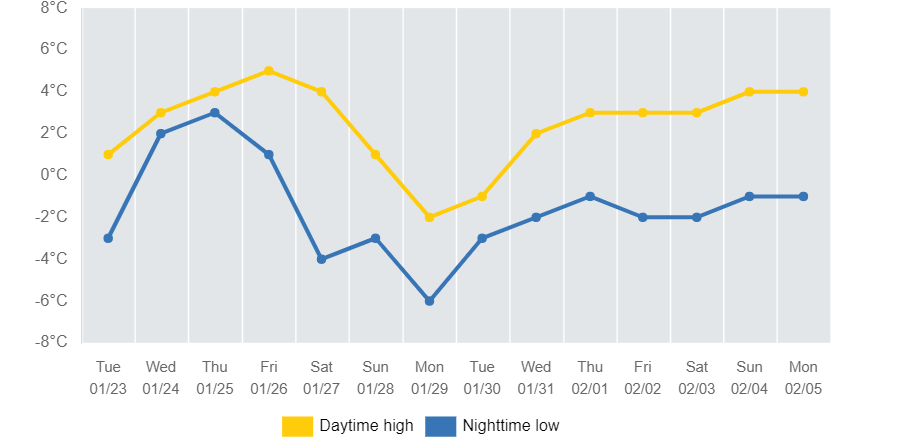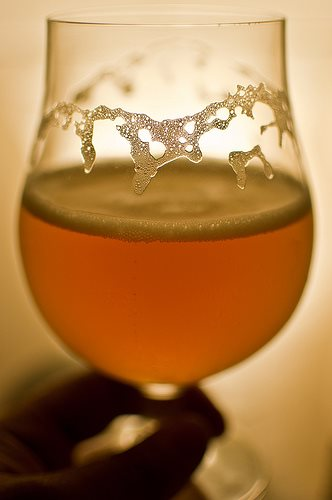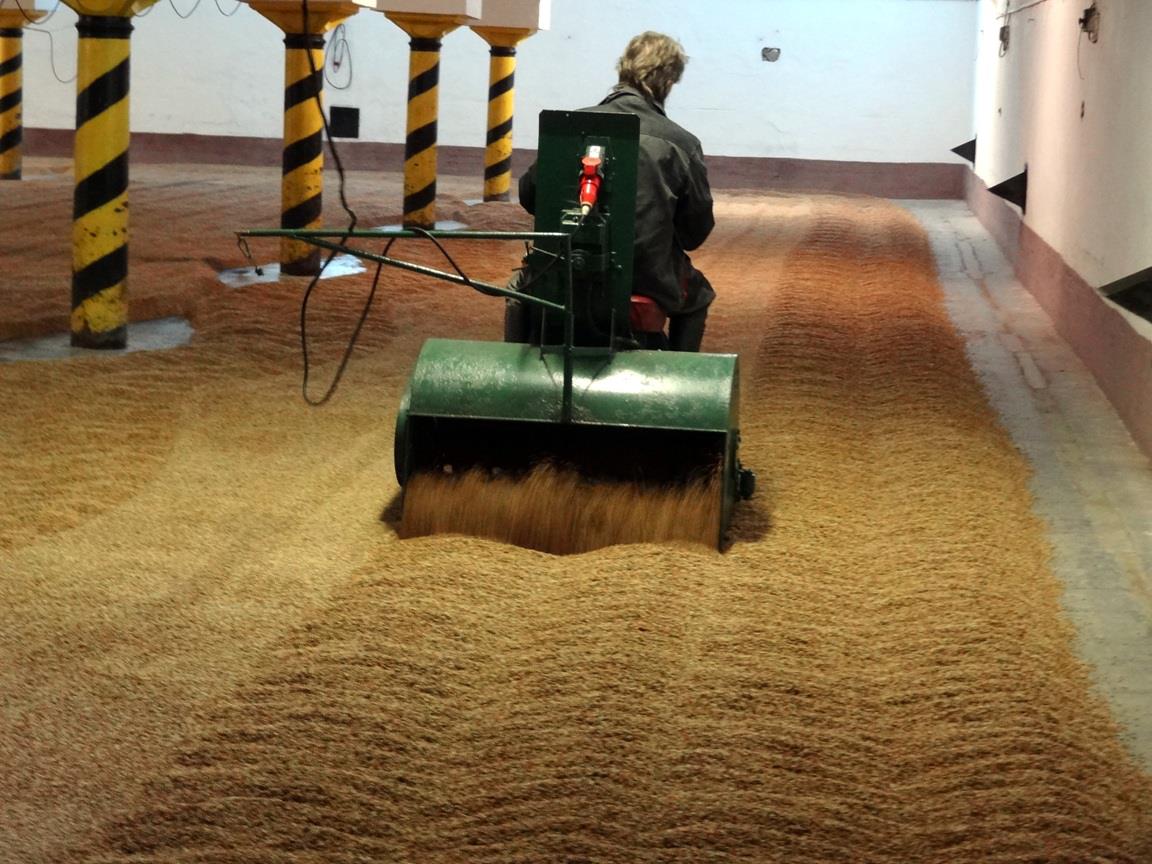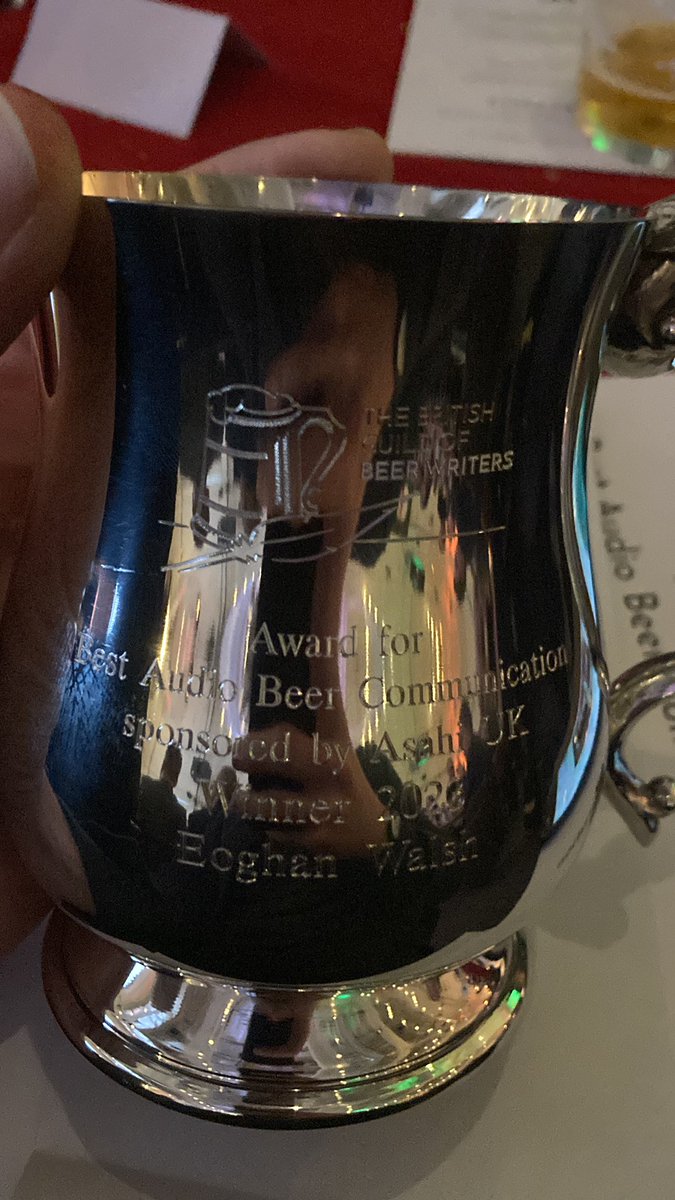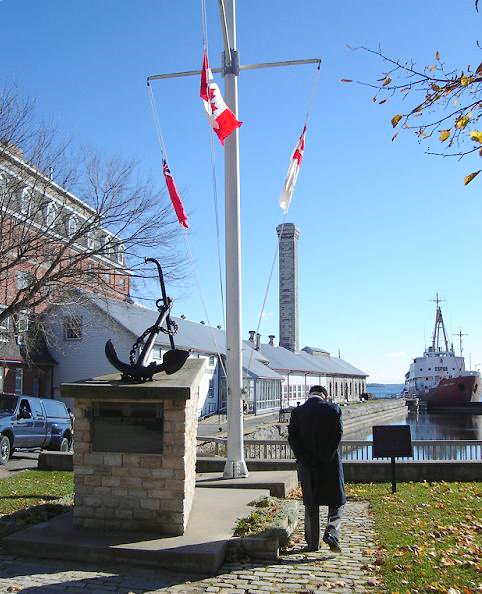Can you believe this month? What a month, you know, as months go. Last week it was in the -20C range with the wind chill but now it looks like we are preparing for spring. Nutso. Just remembered I planted tulip bulbs out there in the fall. Hope the squirrels enjoy them. What’s that? You don’t care about that and want some beer news? Let’s go!
Perhaps unexpectedly or at least unusually for me, a listicle of sorts right off the top. This week VinePair published a very interesting article which caught me eye. It proposed a list of “The Most Overrated Beer Styles” in which they included the following – hazy IPAs; heavily fruited smoothie beers; New Zealand pilsners; sweet, opaque double IPAs; non-alcoholic beers; lactose-heavy beers; pastry stouts, kettle sours, and sour IPAs. Notice something? I would suggest that these are also the most heavily promoted styles of beer over the last few years. This is not a list of obscure faddy fan favourites. This is sorta basically something like the US Brewers Association’s recommended focus in model business plan 2018-present. It is, isn’t it. “Brew these and you will hit the ground running!” Hmm. Isn’t that a little problematic?
Another interesting but problematico trendo to note – fewer people want malting barley:
Beer sales in the United States declined in 2023, and that, combined with a robust supply of barley on hand has resulted in a decreased demand for malting barley, Mark Black, Malteurop North American procurement and trial manager, told farmers… Younger people are drinking seltzer, mixed drinks and other liquors instead of beer, said Black, who works for Malteurop in Great Falls, Montana. Draught beer sales have decreased by as much as 20% and during the first half of 2023, craft beer sales dropped by 2% and commercial beer sales by 3%, he said. Malteurop had not yet offered farmers 2024 contracts as of Jan. 16, 2024, but that could happen “any day,” Black said on Jan. 16.
Whatever is going on… has gone on… it doesn’t seem to be really about Dry January. This was made even clearer by a comment made by Richard Hughes, head of the UK’s Office for Budget Responsibility as reported in The Telegraph this week:
Clean-living youngsters threaten to blow a multibillion-pound hole in public finances as alcohol and tobacco tax income declines, the head of the spending watchdog has warned. Richard Hughes, head of the Office for Budget Responsibility (OBR), has questioned whether assumptions about future tax income from what are often dubbed “sin taxes” are realistic. He told the House of Lords Economic Affairs Committee: “There are some bits of the tax system which are themselves not sustainable. In a few decades’ time we won’t collect any fuel duty because every car will be electric, and they don’t pay any fuel duty. “Nowadays, you have to ask whether young people are drinking and smoking enough for us to be collecting alcohol and tobacco duties at the current rate that we are.”
Wow. See also this story in The Guardian which leads one to consider how perhaps those pesky sober kids are further undermining the ecomomics of concert venues. With that as the background context, in their monthly newsletter Boak and Bailey asked about what they frame as a “healthy beer culture”:
When it comes to beer styles, despite the dominance of c.4% hazy pale ales, we reckon we could go out this afternoon and find decent, locally-brewed versions of almost any beer style we fancy, from best bitter to Rauchbier. If it feels unhealthy, despite all that, perhaps it’s down to how the direction of travel skews our perceptions. A growing scene feels healthier than one that’s consolidating, or shrinking, even if what’s left is objectively better (terms and conditions apply) than at any point in the preceding 70 or so years.
According to those sorts of considerations, I probably have never lived in a healthy beer culture. The selection just isn’t there. Which is fine. The considerations appear to be what you might find in a larger city than the one I live in. Plus brewery closing and consolidations give a bit of a tone to the whole experience. And perhaps the concept really doesn’t translate well as English-speaking Canadians are far more excited by the retro doughnuts at Timmies than any innovations in beer.
Perhaps considering a Dutchie himself, Jordan wrote somewhat relatedly about being an observer also looking for a healthy beer culture while at a no- lo-alc beer fest:
Entering the festival, I noticed something that bothered me: with a small amount of alcohol on board, a crowd undulates. There is a little flux to the crowd, and pathways form as people try to get to the booths. I would attribute this to the slight loosening quality alcohol has and the urgency of people wanting to use up their tickets. Because of that people develop an awareness of their surroundings. In this instance, people stood firmly planted and clear-eyed and generally didn’t get out of each other’s way. For the most part, they talked to the people they showed up with. There was live music, but not much toe tapping. It reminded me of nothing so much as a United Church Tea Social; a genre of social activity that certainly provides fellowship but infrequently gets referred to as a banger. It led me to wonder, “What is the purpose of a beer festival?”
And Ron was also waxing anthorpological but also in a sorta retro doughnut way when he looked back to what people in 1970 thought the futre fifty years out looked like for brewing:
…neither of those predictions turned out to be true. Whitbread’s ill-fated Luton plant probably wasn’t the best example of a new brewery to pick. Bass Charrington genuinely had a plan of serving the whole of the UK from just two breweries. Neither did concentrated wort factories appear. So, 100% miss in the first paragraph. The other extreme – small, local continuous fermentation plants – didn’t happen, either. Mostly because continuous fermentation couldn’t be got to work. At least, it couldn’t be made to produce beer people actually wanted to drink.
One thing happened this week that folk in 1970’s UK brewing industry may well have assumed would have been gone long before 2024. Carlsberg Marstons is mothballing the Burton Union system that had been been used less and less in recent years. As Ed reported:
I used to work with an ex-Marston’s head brewer. Even in his time most Pedigree was brewed in stainless fermenters. They kept the unions for yeast propagation but did use the beer too. Owd Roger was the only beer made entirely in the unions as they’re the smallest fermenters.
Jessica Mason summarized the situation: “The move by CMBC has been cited as a bid to cut costs, along with the decline of the cask ale market meaning that brewing using them no longer makes fiscal sense, is reportedly a way for the brewing giant to move with the times.” Plenty of outcry – but what is to be done with outdated tech? Is there anyone lobbying for the return of the “ponto” system? Nope. “Inevitable” says The Mudge. One of the things small scale brewers can do is replicate mini-systems like the one operating Burton Union left (we are told) that can be found at California’s Firestone Walker. It would be interesting to know if that is effectively subsidized by other forms of production.
 On the upside, Jeff published a lovely photo essay of his wanderings around U Fleků in Prague and a bit of the Old Town neighborhood that surrounds it including the clickable one right there to the right. Next door, almost… not really, Will Hawkes wrote about Störtebeker Braumanufaktur for Pellicle this week:
On the upside, Jeff published a lovely photo essay of his wanderings around U Fleků in Prague and a bit of the Old Town neighborhood that surrounds it including the clickable one right there to the right. Next door, almost… not really, Will Hawkes wrote about Störtebeker Braumanufaktur for Pellicle this week:
This is a North German brewery, an East Germany brewery, a Hanseatic brewery, a brewery right on the edge of Germany—and yet, in a nation where per capita beer consumption has been falling for years, it is remarkably successful, having tripled production to 350,000 hectolitres (close to 62 million pints) in the past decade. From packaging to non-alcoholic beer, Störtebeker is as confident and innovative as many German breweries are conservative.
Speaking of the new, there’s exciting archaeological news out of the studies from the recently announced findings of a BCE Ecuadorian civilization. Along wih canals and public urban architecture, they found brewing as explained by James Evison in TDB:
…it is believed that jugs discovered were used to consume “chicha”, a type of sweet beer. The beer, which has a full name of Chicha de jora, is a corn beer which is prepared by germinating maize, extracting the malt sugars and boiling the wort, like a traditional barley beer, and then fermenting it in large vessels. These were traditionally large pieces of eathenware, and would be fermented for several days before consumption.
You know and I know that I do mention wine regularly. And not only because the Pope said so. No, even as a good Scots Presbyterian I regularly look to learn more and more from wine writers including from Jancis Robinson’s books and opinion pieces. And this review posted at her website of an unexpected restaurant experience really struck me as a warm and thoughtful bit of review writing:
Named after a city in the province of Shanxi, north China, the restaurant offers a broad window frontage (one panel of which had been smashed when I lunched there recently), and a sign for Hungry Panda riders (the Chinese delivery service) of which at least a dozen came in to collect their orders while I was there. The interior of the restaurant is long, deep and slightly more modern and comfortable than many in Chinatown. Although it was only 12.30 pm, it was already crowded with many Asians of whom the majority appear to be smartly dressed young women. The waiting staff are also young and, again unlike too many of their counterparts in Chinatown, smiling, extremely charming and willing to communicate.
More positivity in the Reuters report that the Austrian Beer Party is aiming at gaining a seat in upcoming parliamentary elections:
It ran in the last parliamentary election in 2019 and secured just 0.1% of the vote but its leader Dominik Wlazny, a 37-year-old doctor and rock musician with the stage name Marco Pogo, came third in 2022’s presidential election with 8.3%. To enter parliament, a party needs 4% of the vote… The Beer Party’s egalitarian message also appeals to left-wing voters: the leader of the opposition Social Democrats, Andreas Babler, has said he voted for Wlazny in the last presidential election.
Just for Stan: “16th Century Astronomer Tycho Brahe Had a Drunken Pet Moose“!
And some good health news from Polkville aka The Hammer where the Drunk Polkaroo discusses not being quite as drunk:
Somehow, fate intervened again, and I was let go from a toxic, degenerate workplace that had helped me manifest the very worst of who I was each and every day, a path leading me to an early end and a decidedly tarnished one at that. I took a few weeks this summer to just be, to let go of a lot of the internal self hatred that often manifested itself in way too many drinks and seek perhaps a new path forward. I found a job that was exactly what I needed, a place where my most valuable asset was myself and slowly began to climb up and poke my head out of the hole I had created over the last half decade. I felt that it was time to find a way to change my own relationship with this character I had created and when Covid finally came calling on December 9th, 2023, I put down my phone, my glass and stopped the tap for the first time in 8 years.
Good. Really good. We see a fair number of people in beer that are not doing well and the culture… well, the culture isn’t exactly about interventions… is it. Happily, we have watched Norm get healthy after a very close call. My own issues were not related to my innards so much as blowing out my knee and all the carbs. I’ve now lost over 10% of my total weight as I work away at being better to myself. Others haven’t been so lucky. All the best for the Polk as he goes forward. This stuff isn’t just messing around.
Finally and somewhat to the contrary (even if also in the eastern Lake Erie-Niagara-western Lake Ontario zone as Polkalopolis), your moment of zen from last Sunday night’s NFL game between the Bills and the Chiefs. Note: the gentleman featured in this excellent New York Post (…via USA Today via Reuters…) photo is (i) a pro football player himself as a Philadelphia Eagle, (ii) the brother of one of the stars of Kansas City Chiefs, the visiting teams but (iii) he still adopted the natural plumage behaviours of the fan base of the home team, the Buffalo Bills. Already a contender for the best beer photo of 2024.*
There. Sweet product placement, too. That’s it for now. So once again… roll the credits… well, the credits, the stats the recommends and the footnotes. There is a lot going on down here and, remember, ye who read this far down, look to see if I have edited these closing credits and endnotes (as I always do), you can check out the many ways to find good reading about beer and similar stuff via any number of social media and other forms of comms connections. This week’s update on my emotional rankings? Facebook still in first (given especially as it is focused on my 300 closest friends and family) then we have BlueSky (up one to 113 rising up to maybe… probably… likely pass Mastodon (static at 911) in value… then the seemingly doomed trashy Twex (4,438 – another week with a gain!) hovering somewhere above or around my largely ignored Instagram (creeping – literally – down to 164), with sorta unexpectly crap Threads (43) and not at all unexpectedly bad Substack Notes (1) really dragging up the rear – and that deservedly dormant Patreon presence of mine just sitting there. I now have admitted my dispair for Mastodon in terms of beer chat and accept that BlueSky is the leader in “the race to replace” Twex. Even so and all in all, while it is #Gardening Mastodon that still wins, I still include these links to these good folk over there waiting to discuss beer with you:
Alan McLeod | A Good Beer Blog (… me…)
Stan Hieronymus | The Man!
Boak & Bailey | The B² experience
Curmudgeon Ale Works | Jonathon is Brewing
Katie Mather | Shiny Biscuit and Corto
David Jesudason | “Desi Pubs” (2023) author
BeoirFest | They say “Let’s Talk Beer”
Ron Pattinson | The RonAlongAThon Himself
Al Reece AKA Velky Al | Fuggled
Jennifer Jordan | US hops historian
Andreas Krennmair | Vienna beer and lager historian
Beer Ladies Podcast | Lisa Grimm and colleagues
The Bar Towel | Toronto’s chat zone for beer lovers
Chicago Beer Society | Folk in Chicago getting social over beer
Jay Brooks | Brookston Beer Bulletin
Joe Stange | Belgian beer expert, beer magazine editor
Cider Bar | Barry makes Kertelreiter cider
Laura Hadland | CAMRA historian and beer writer
Brian Alberts | US beer historian
Jon Abernathy | The Beer Site
Maureen Ogle | US Beer Historian
Lars Garshol | Norwegian Beer Historian and Kveik Hunter
James Beeson | Beeson on Beer
Carla Jean | MAINER!!!
Thandi Guilherme | Beer Ladies Podcast Co-host
Lisa Grimm | Beer Ladies Podcast Co-host
Roy of Quare Swally | Beery ramblings from Northern Ireland
Rob Talksbeer | Podcaster and Youtuber
Anthony Gladman | UK Drinks Writer
Jeff Alworth | Manna Of Beervana
Northwest Beer Guide | Fairly self explanatory… but not NW Latvia…
Evan Rail | Prague based GBH editor, freelance writer, NYT etc.
Todd Alström | 50% of the Alströms
Jacob Berg | Beer talking librarian
And remember to check the blogs, newsletters and even podcasts (really? barely! This era’s 8-track tapes!) to stay on top of things including the proud and public and certainly more weekly recommendations in the New Year from Boak and Bailey every Saturday and Stan back at his spot for 2024 on Mondays. Look at me – I forgot to link to Lew’s podcast. Fixed. Get your emailed issue of Episodes of my Pub Life by this year’s model citizen David Jesudason on the odd Fridays. And Phil Mellows is at the BritishBeerBreaks. Once a month, Will Hawkes issues his London Beer City newsletter and do sign up for Katie’s now revitalised and wonderful newsletter, The Gulp, too. Ben’s Beer and Badword is back with all the sweary Mary he can think of! And check out the Atlantic Canada Beer Blog‘s weekly roundup. There is new reading at The Glass which is going back to being a blog in this weeks best medium as message news. Any more? Yes! Check to see the highly recommended Beer Ladies Podcast. That’s quite good. And the long standing Beervana podcast . There is the Boys Are From Märzen podcast too and Ontario’s own A Quick Beer. There is more from DaftAboutCraft‘s podcast, too. All About Beer has introduced a podcast… but also seems to be losing steam. And there’s also The Perfect Pour. Plus follow the venerable Full Pint podcast. And the Craft Beer Channel on Youtube and remember BeerEdge, too, and The Moon Under Water… if you have $10 a month for this sort of thing… I don’t. Pete Brown’s costs a fifth of that. There was also the Beer O’clock Show but that was gone after a ten year run but returned renewed and here is the link!
*You may also play “Where’s Waldo” with Taylor Swift in the same image. She may be in there.

